Idrw Team
SOURCE: IDRW.ORG.
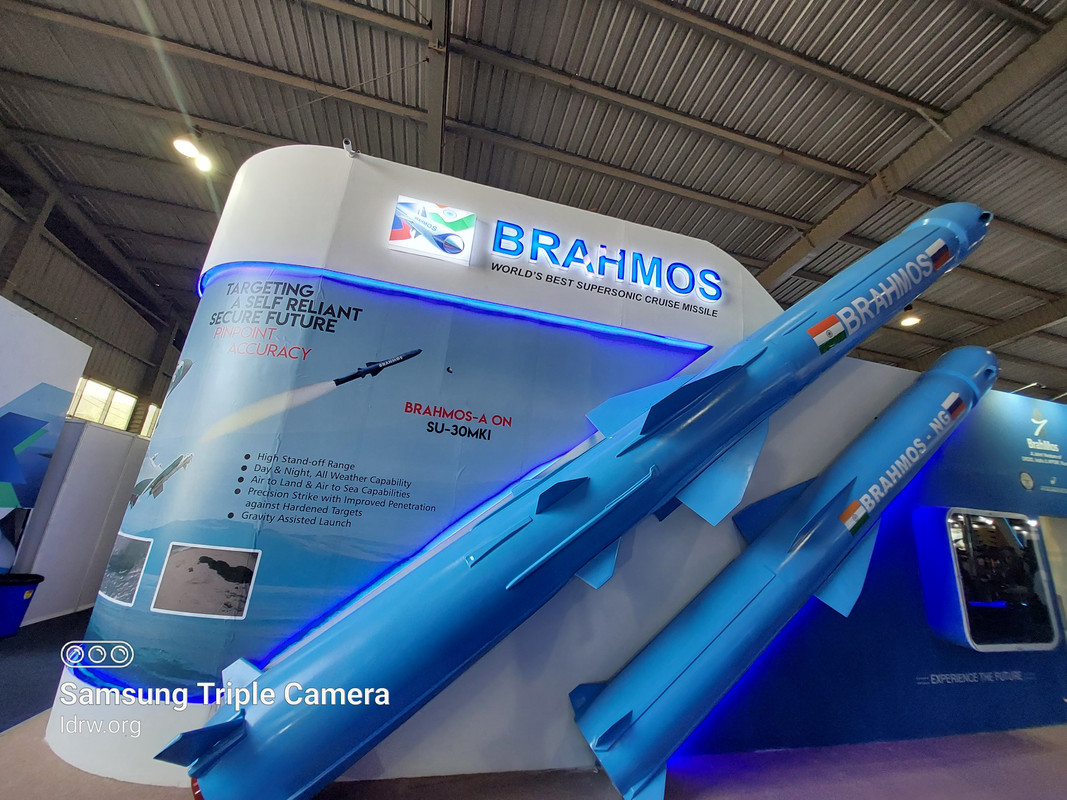

General Dimitrios Choupis, Chief of the Hellenic National Defence General Staff (GEETHA), recently concluded an official visit to India at the invitation of his counterpart, General Anil Chauhan. The visit, which lasted until April 11, 2024, aimed to strengthen defense cooperation between the two nations.
While Indian media has speculated about the potential sale of BrahMos missiles, a supersonic cruise missile jointly developed by India and Russia, to Greece, several factors make this unlikely in the near future.
Continue readingSOURCE: IDRW.ORG TEAM.
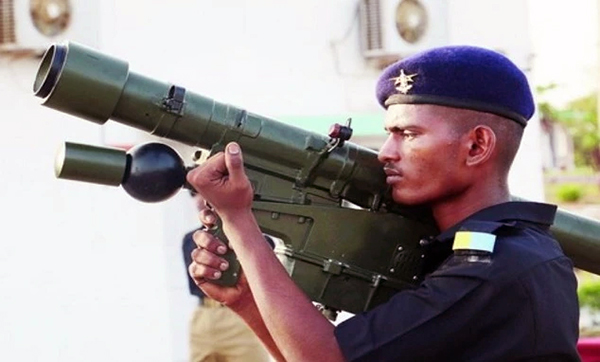

India and Pakistan, South Asian neighbors with a long history of military tension, possess significant stockpiles of man-portable air-defense systems (MANPADS). Despite having a smaller overall military force, Pakistan boasts a surprisingly larger inventory of MANPADS missiles compared to India.
Pakistan has a history of indigenous production of MANPADS. They’ve been producing the Swedish RBS-70 since 1984, with a total assembly of 2180 units before production ceased in 2019. Pakistan also manufactures its own MANPADS variants. The Anza MkI and MkII, produced by Kahuta Research Laboratories, number 1100 and 2650 units respectively. These are essentially Chinese FN-6 missiles assembled domestically under license since 1987. Adding to this arsenal are 1997 units of the FN-6 itself, directly imported from China.
Continue readingSOURCE: IDRW.ORG TEAM.
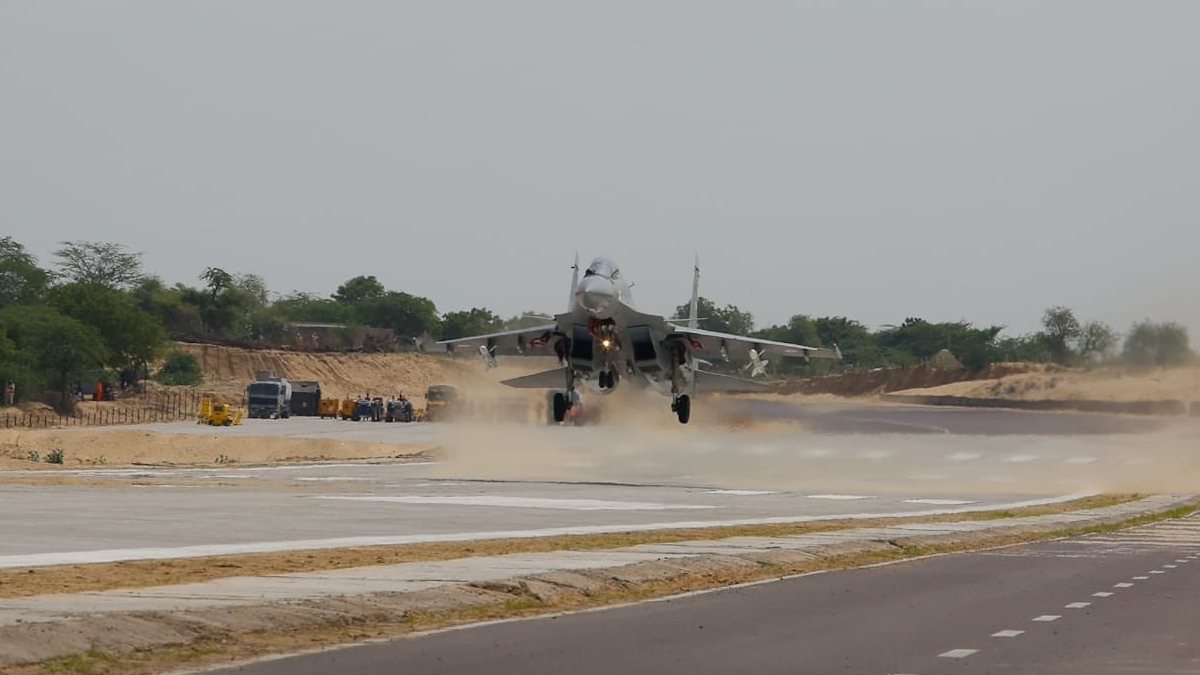

In a strategic shift, the Indian Air Force (IAF) has emerged as a frontrunner in utilizing highways for emergency fighter jet landings. While Pakistan Air Force (PAF) pioneered such operations in the subcontinent in 2000, the IAF has rapidly outpaced them in recent years.
Pakistan gets the credit for introducing the concept of road runways in the region around 2000. This provided them with a tactical advantage of dispersing their air assets during wartime. However, the IAF has not only caught up but surpassed Pakistan in this domain. India boasts five operational highway stretches designated for emergency landings, with more under construction. Notably, the IAF has successfully conducted demonstrations using over five different aircraft types on these road runways.
Continue readingSOURCE: IDRW.ORG TEAM.
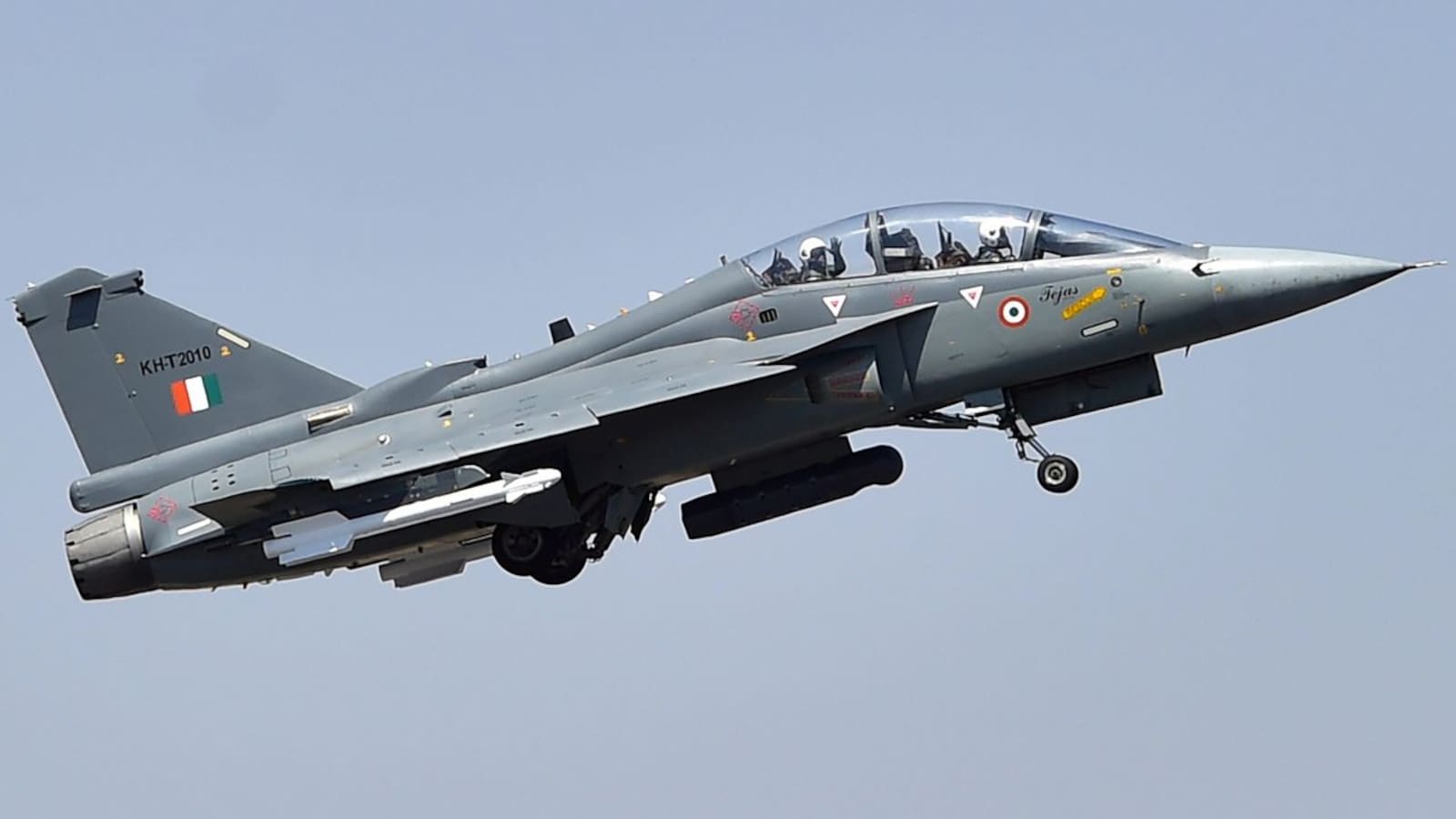

Hindustan Aeronautics Limited (HAL) is hopeful that the Indian Air Force (IAF) will consider purchasing additional LCA Tejas Trainer aircraft following a recent tender for 97 single-seater Tejas Mk1A fighter jets.
The IAF currently has an order for 18 LCA Tejas Trainers for local Squadron conversion of pilots before they can fly the single-seater Tejas Mk1A fighter jets. Out of these, HAL has already delivered 5 trainers and is on track to complete deliveries for the remaining 13 by 2025.
Continue readingSOURCE: IDRW.ORG.


Indian startup Big Bang Boom Solutions (BBBS) took center stage at the India-Sri Lanka Defence Seminar, igniting a collaborative pathway for innovation in the island nation’s defense capabilities. BBBS presented its next-generation warfare technology to the Sri Lankan Armed Forces, potentially shaping the future of their defense strategy.
BBBS showcased its Anti-Drone Defense System that boasts the capability to detect and neutralize a wide range of drones, including commercially available off-the-shelf (COTS) models and autonomous drones. Employing passive RF sensor technology, it minimizes the risk of false alarms. Furthermore, each component adheres to rigorous Mil Spec 801G standards, guaranteeing reliability in harsh environments.
Continue readingSOURCE: IDRW.ORG.


India’s state-owned defense manufacturer, Advanced Weapons and Equipment India Limited (AWEIL), recently held discussions with Mr. Eyal Ben-Oz, Deputy Defence Attaché of the Israeli Embassy in India. The meeting focused on exploring potential areas of cooperation between the two nations in the defense sector.
The discussions centered on AWEIL’s product portfolio, its vision for defense exports, and identifying potential avenues for collaboration with Israel’s advanced defense industry. This meeting signifies India’s growing openness to international partnerships in the defense sector, aiming to leverage expertise and co-develop cutting-edge technologies.
Continue readingSOURCE: IDRW.ORG.


General Dimitrios Choupis, head of Greece’s National Defence General Staff, recently made a significant visit to TASL (Tata Advanced Systems Limited) and Bharat Forge, two leading Indian defense companies. This visit highlights the growing collaboration between India and Greece in the military sector.
General Choupis toured the facilities of TASL and Bharat Forge. Photos show the General being briefed on the TASL ALS-50 loitering munition (drone), IVTOL 20 UAV (unmanned aerial vehicle), ATAGS (Advanced Towed Artillery Gun System), Tata MPV (multi-purpose vehicle), and ammunition elements from Kalyani (a subsidiary of Bharat Forge).
Continue readingSOURCE: IDRW.ORG.


The High Commissioner of India in Australia recently met with a delegation of key Indian shipbuilders, including Garden Reach Shipbuilders & Engineers (GRSE), Mazgon Dock Limited, Goa Shipyard Limited, and Hindustan Shipyard Limited. The focus of the discussions was on exploring collaborative opportunities by leveraging the strengths of both India and Australia’s shipbuilding industries.
This meeting highlights the growing interest in collaboration between the two countries in the maritime sector. By combining their expertise and resources, India and Australia can potentially strengthen their respective shipbuilding capabilities and compete more effectively in the global market.
Continue readingSOURCE: IDRW.ORG.

India’s ambitious collaboration with Russia to develop the Fifth Generation Fighter Aircraft (FGFA) program, a project based on the Su-57 platform, came to an end in 2018. While the official reasons remained unclear at the time, new reports shed light on the potential factors that led to India’s withdrawal.
Disagreements on technical aspects appear to have played a significant role in the program’s demise. Sources suggest India desired a two-seater variant of the FGFA, similar to the Su-30MKI fighter jets, a request not readily met by Russia. Additionally, concerns regarding the transfer of critical technology and design specifications from Russia to India reportedly caused friction.
Continue readingSOURCE: IDRW.ORG.


NewSpace Research and Technologies has unveiled its latest innovation – the PYGMY Vision-based kinetic attack drone platform. This cutting-edge drone boasts a lightweight design and is packed with features that make it a game-changer for military operations.
The PYGMY’s lightweight construction allows for both air and ground launch, making it adaptable to various deployment scenarios. The drone can be equipped with third-party payloads, giving users the flexibility to customize it for specific missions.
Continue readingSOURCE: IDRW.ORG.
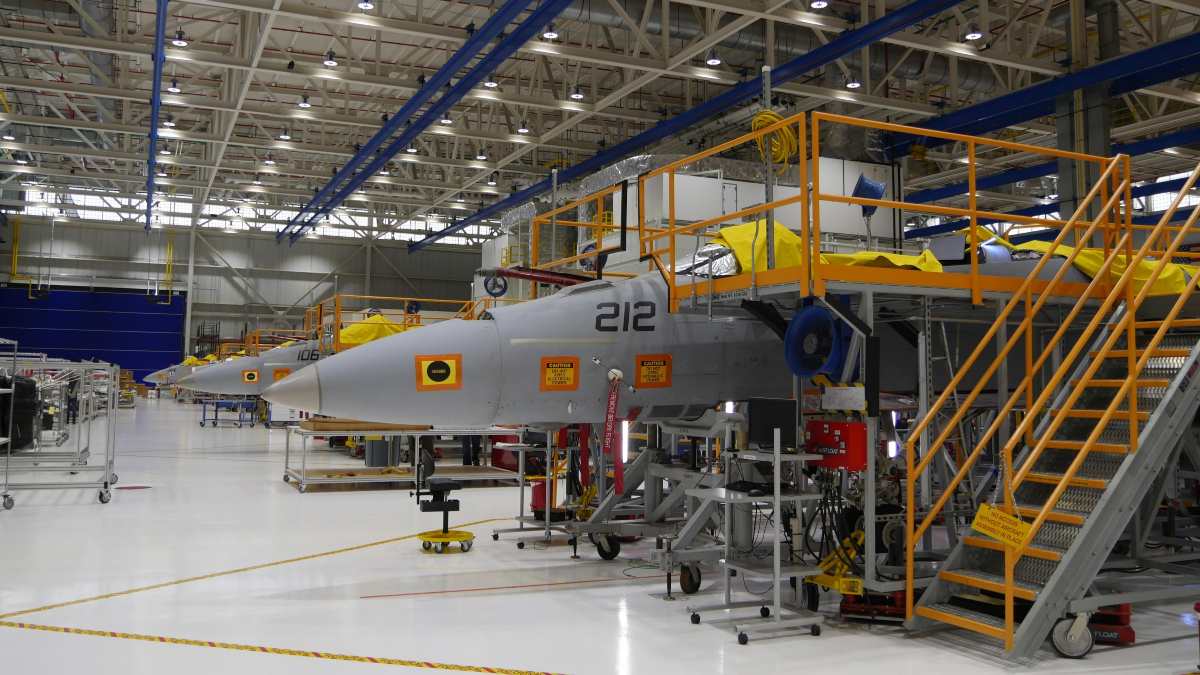

The U.S. Navy has secured a crucial contract modification with Boeing for the final 17 F/A-18E/F Super Hornets, marking a potential turning point for the iconic fighter jet’s production future.
This $1.1 billion contract, announced on March 19th, comes after stalled negotiations last year. The deal secures 10 F/A-18F Lot 46 aircraft and an additional seven from Lot 47, ensuring deliveries begin in late 2026 and conclude by spring 2027.
Continue readingSOURCE: IDRW.ORG.


China’s domestically-produced passenger aircraft, the C919, is making waves in the aviation industry. Built by the state-owned Commercial Aviation Corporation of China (COMAC), the C919 has garnered significant interest, with around 1,200 orders – primarily from domestic airlines. However, its global ambitions might face a hurdle in the form of the world’s fastest-growing aviation market: India.
According to leaked internal company documents, COMAC plans to actively promote the C919 in various Asian markets. This strategic move aims to capitalize on the region’s burgeoning aviation sector. The C919, a narrow-body jet designed to compete with the Airbus A320neo and Boeing 737 MAX families, offers airlines an alternative within the single-aisle aircraft category.
Continue readingSOURCE: IDRW.ORG.


India’s Defence Research and Development Organisation (DRDO) is on the lookout for a development and production partner. This collaboration aims to create mission systems for a new generation of maritime patrol aircraft based on the C295 platform.
The project envisions two variants of the patrol aircraft, Multi-Mode Maritime Aircraft (MMMA) is a variant intended for the Indian Coast Guard, enhancing their capabilities in various maritime operations. Medium Range Maritime Reconnaissance (MRMR) is Designed for the Indian Navy, the MRMR variant will bolster their long-range surveillance and reconnaissance missions.
Continue readingSOURCE: IDRW.ORG.

The Indian Army is set to procure 550 indigenously-developed ASMI 9×19mm submachine guns (SMGs) from Lokesh Machine Ltd (LKM) at a cost of ?4.6 crore. This marks the first major order for the ASMI, a significant development for India’s defense indigenization efforts.
The ASMI is a domestic 9×19mm SMG designed to utilize the 9×19mm Parabellum cartridge, a common caliber used by the Indian Army and other security forces across the country. This rimless, tapered cartridge is known for its affordability and widespread availability, making it a popular choice for handguns and SMGs.
Continue readingSOURCE: IDRW.ORG.
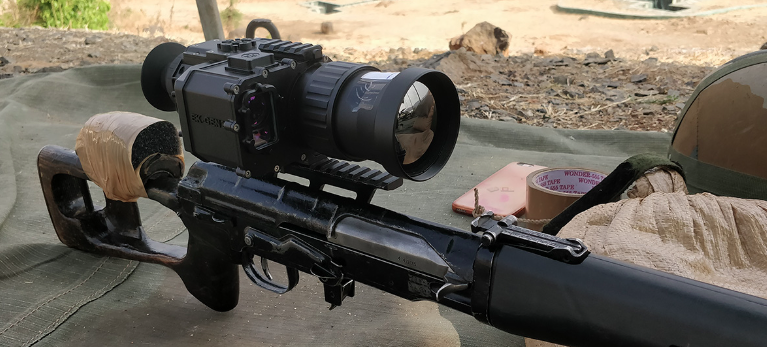

The Indian Army has signed a contract with Bengaluru-based Tonbo Imaging to equip Dragunov Sniper Rifles (DSRs) with advanced night vision sights. This upgrade will significantly enhance the capabilities of the Army’s snipers.
The EK-Gen2 is more than just a night sight; it’s a Smart Thermal Weapon Sight (STWS) offering advanced features for improved sniper effectiveness. The EK-Gen2’s state-of-the-art thermal imaging core provides superior detection and engagement capabilities compared to older image intensifier sights. This allows snipers to operate effectively in low-light conditions or complete darkness.
Continue reading